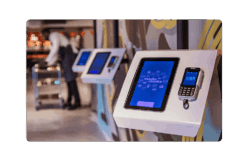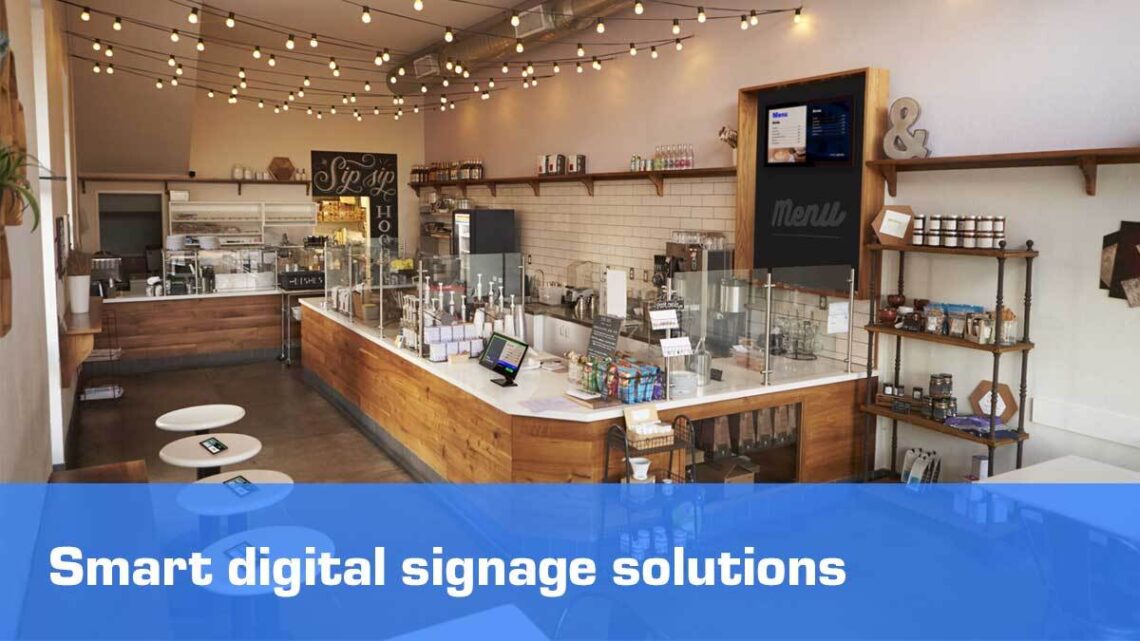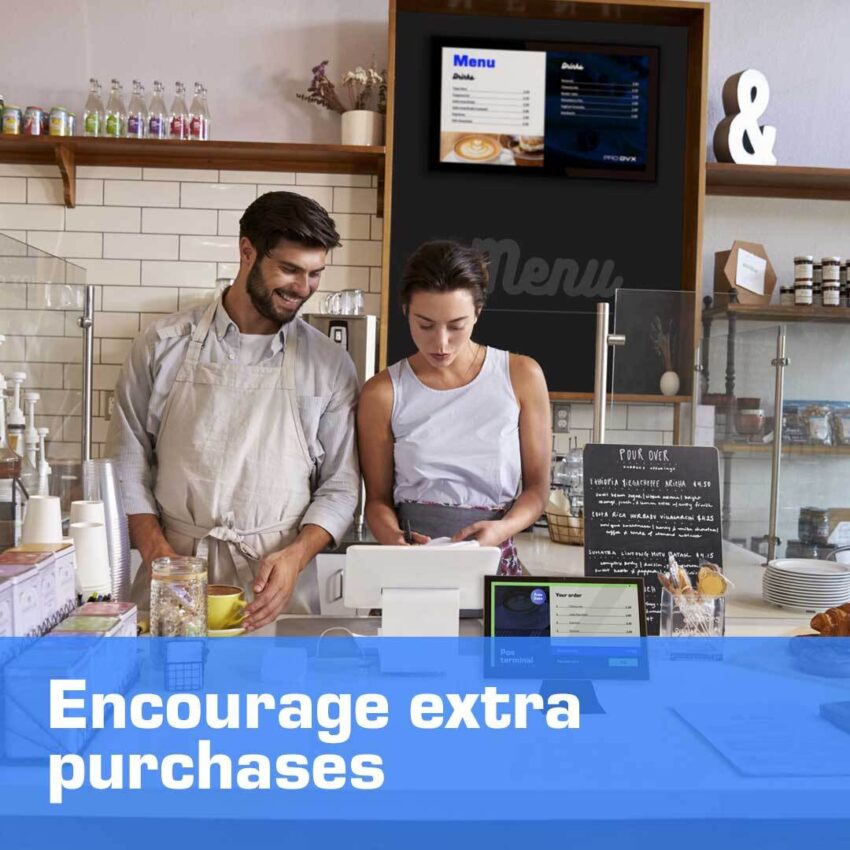Digital Signage ROI
Yes, Digital Signage also costs. A significant amount must often be invested in a well-functioning solution that really offers the ultimate customer experience. So it’s important to think about ROI.
Lower costs
Although the ROI is certainly in the increased turnover, you must also consider the decreased costs. Your organization can save a lot of time, energy and therefore money through Digital Signage. Countless examples can be envisaged. After all, a virtual check-in requires less manpower than a face-to-face check-in. You also need fewer people to inform guests about their travel & stay. What to think about an automatic waiter signalling system, to get more work done with less hands? While with a digital system to distribute your advertisements, nobody has to physically perform an action on location. Of course, you don’t have to re-create a Digital Menu for every “new menu” and bring it to the printer.
Measure ROI
The most important thing is to think carefully in advance, about how you will measure this ROI. You can do that in three steps:
- Formulate your goals. Goals must be specific, measurable and time-bound. For example, a goal for a conference centre could be to reduce wayfinding costs by 35% this year.
- Think about how you are going to measure this, both on the investment side and on the cost side. Which Touch Displays you need, the CMS you will be using and its installation. This is indeed directly related to the costs of the “old” way: designing, printing, transporting, hanging up and replacing, for example, posters to get people from the entrance to the right place. And of course in both cases the man hours associated with this.
- Analyse & compare. The formulated objectives and measuring instruments are ready, now it is time to analyse and compare results. It is of course also possible before buying, to request a Proof-of-Concept period or to speak to references in order to arrive at a proper assessment.
Digital Signage can certainly be of added value to Hospitality organizations. More awareness, more turnover and ultimately: lower costs due to tighter processes.





